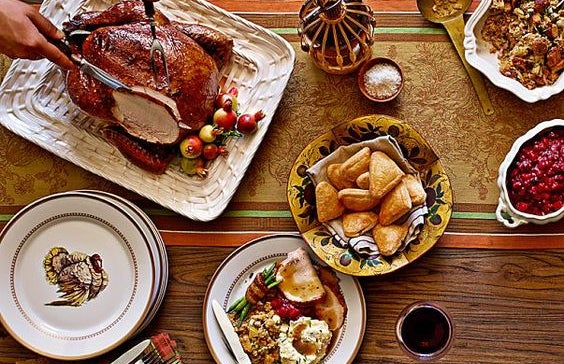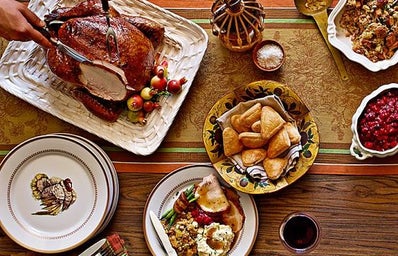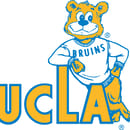If you grew up in the United States, then you probably have memories of tracing your hand against a piece of paper to make a hand-turkey or cutting construction paper to make a pilgrim hat when you were younger. You were also told the story of why we celebrate Thanksgiving. You learned about how the Pilgrims of Plymouth and Natives paid thanks for having a successful harvest season after suffering a miserable winter. Of course, like most of the lessons we learn in our American history classes, this story is heavily sugar-coated with inaccuracies to hide some far more sinister truths about America’s historical past and present.

Professor David J. Silverman at George Washington University, author of the book This Land Is Their Land, explains how certain inaccuracies about the Thanksgiving story perpetuate harmful ideas. In the story, we learn about the friendly Native American Chief Squanto who spoke English. Squanto convinced the Wampanoag of Plymouth to equip Pilgrims with the agricultural knowledge they needed to survive. On the surface, this might seem like a heartwarming tale where the Wapanaog people helps the Pilgrims purely out of kindness. Not only is this misleading, but it romanticizes colonialism, making it appear as if the Natives willingly surrendered their land and resources so that European settlers could thrive. It also illustrates colonialism as a non-violent colonial exchange. According to, Silverman, “during Reconstruction, that Thanksgiving myth allowed New Englanders to create this idea that bloodless colonialism in their region was the origin of the country, having nothing to do with the Indian Wars and slavery. Americans could feel good about their colonial past without having to confront the really dark characteristics of it.”
This sugarcoated version of Thanksgiving allows Americans to separate themselves from a violent colonial past and believe that this land was rightly given to them, thereby evading any responsibility for the harm European settlers inflicted on Native communities.
But, you may ask, what violence is this story exactly hiding?
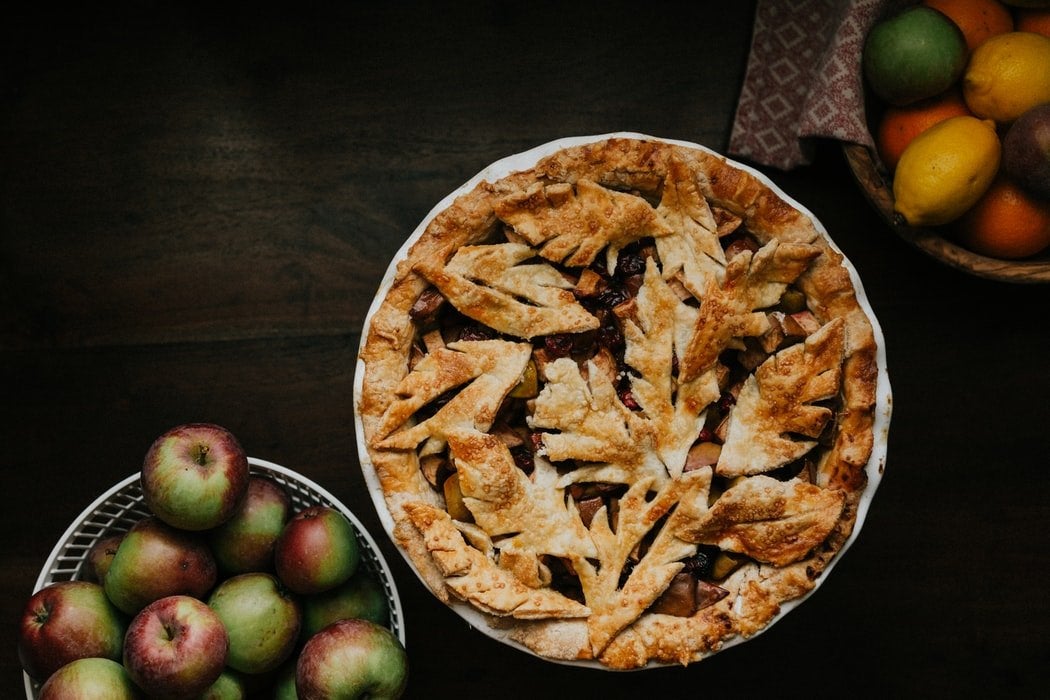
There is also no evidence that the Wampanoag-Pilgrim alliance culminated in a friendly feast. Instead, the evidence shows, instead, that it culminated in a brutal war that devastated the Wampanoag tribe.
As Europeans continued to spread disease, expand their colonial pursuits, and exploit the Natives’ resources, the Wampanoag-Pilgrims alliance was strained. This eventually led to the “King Phillip’s War” where thousands of Natives were killed and enslaved. To pay thanks and celebrate their victory, the Pilgrims in Plymouth Massachusetts threw a large feast.
For many Natives and especially Wampanogas, Thanksgiving represents a day of great mourning. Professor Silverman shares, “Wampanoag adults have memories of being a kid during Thanksgiving season, sitting in school, feeling invisible and having to wade through the nonsense that teachers were shoveling their way. They felt like their people’s history as they understood it was being misrepresented. They felt that not only their classes but society, in general, was making light of historical trauma which weighs around their neck like a millstone.” When we celebrate the Pilgrims on Thanksgiving Day, we ignore the tragedy that Wampanoags endured. We ignore the broken treaties, massacres and enslavement Americans continued to inflict upon millions of Natives across the Americas.
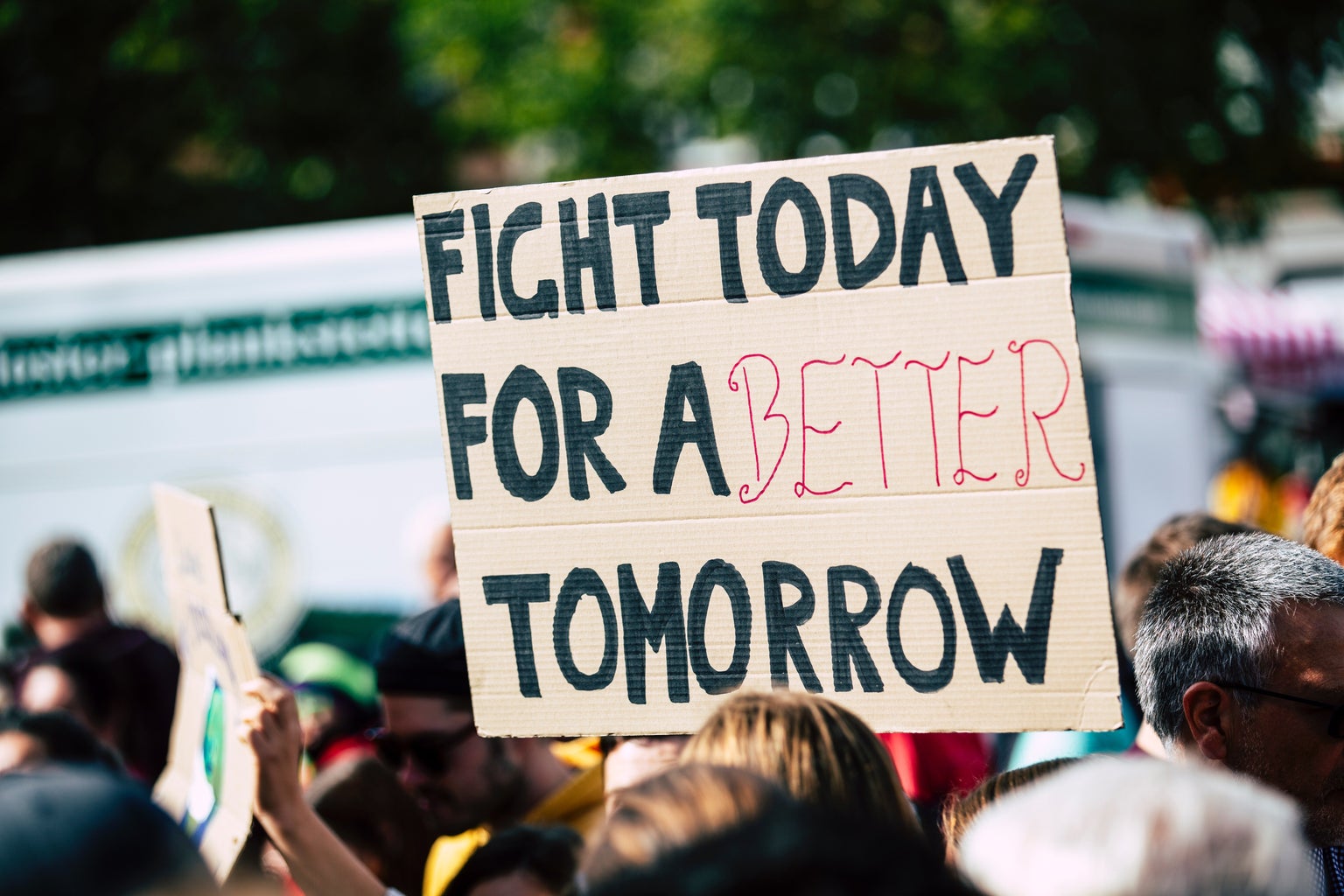
So, instead of celebrating Pilgrims violent warfare against Native Americans, Silverman suggests, we should celebrate the survival of the Wampanoags. Thanksgiving is also a story of resilience. Against all odds, the Wampanoags continue to keep their culture alive, and that is certainly something to be grateful for.
This is why it’s important not to sugarcoat Thanksgiving history. Sugarcoating the true history minimizes the continued oppression that affects Natives today. On Thanksgiving, we should remember that Natives are not people of the past, but people in the present and the future. We should reframe the way that we celebrate Thanksgiving by recognizing how to become aware of what we can do to support Native communities.
